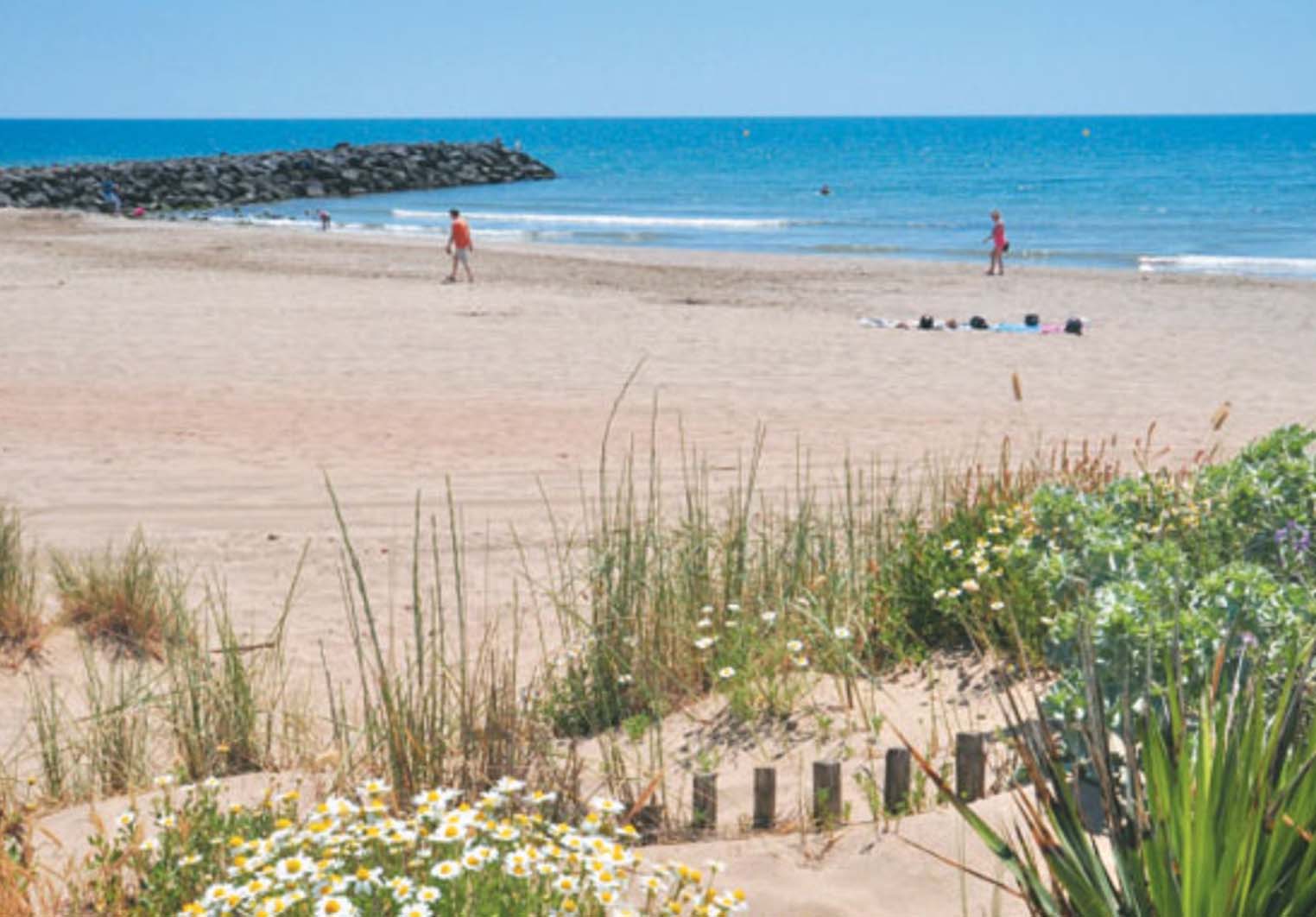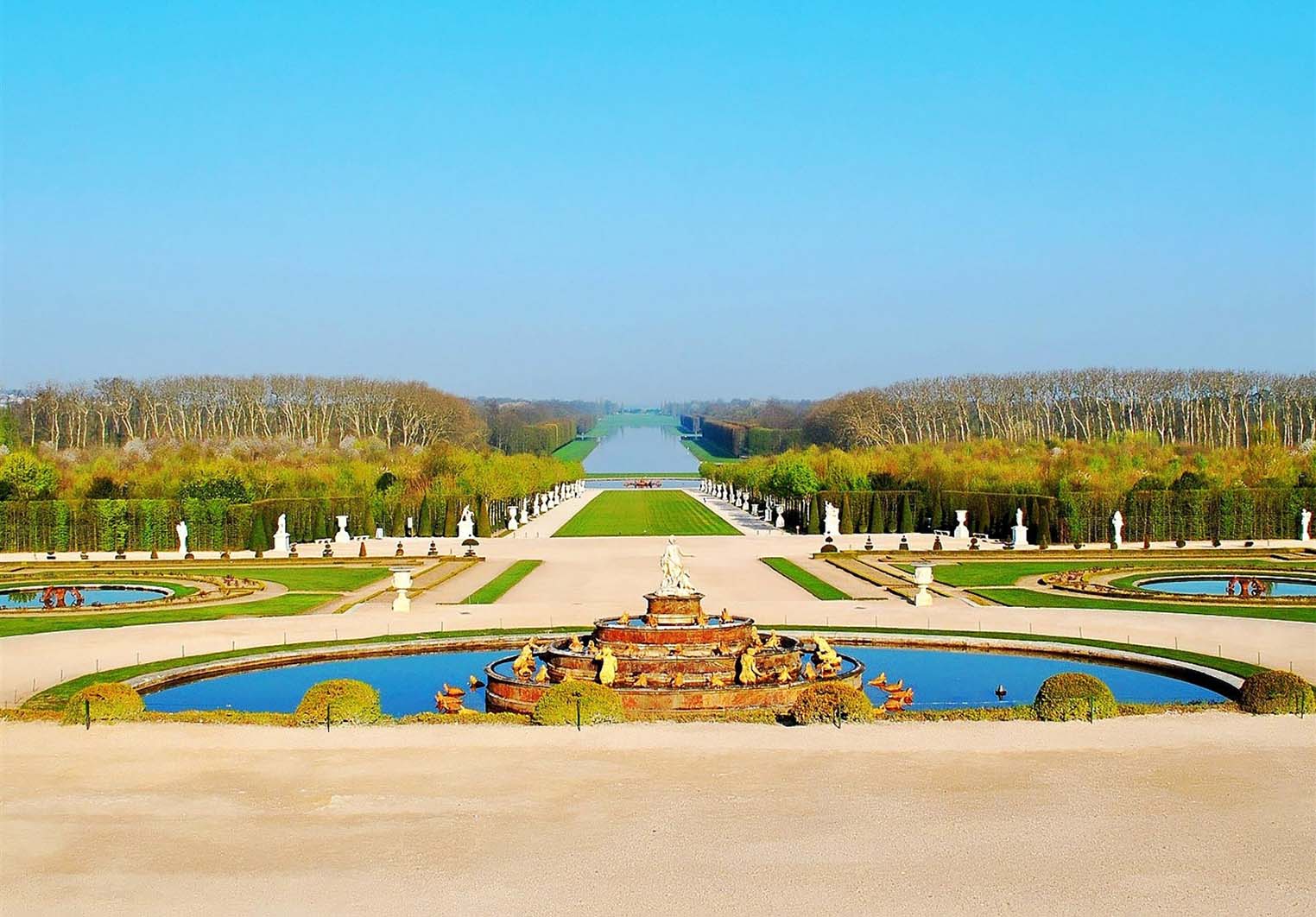Our preferred method of touring France is by train. France boasts one of Europe’s finest rail networks, spanning over 32,000 kilometers, with 14,000 trains running daily. Trains are not only comfortable but also fast, particularly the French high-speed TGV trains, which reach speeds exceeding 300 kilometers per hour. Even at such speeds, it’s easier to relax and savor the scenery, as opposed to navigating a car and paying exorbitant tolls on highways.
Rail travel is not only more comfortable but also quite cost-effective – you can always find great deals on TGV tickets. Be sure to peruse the tips at the end of this article for traveling by train in France.
Here are our top five train routes in France:
Paris to Nice
The train journey from Paris to the stunning azure coast of southern France is a captivating experience that exposes travelers to some of the country’s most picturesque landscapes and diverse regions.
- Rhone River Valley: As you depart from Paris, the train takes you through the beautiful Rhone River Valley. This area is renowned for its vineyards, charming towns, and scenic beauty. You’ll pass by rolling hills and vine-covered landscapes, providing a glimpse into France’s rich wine culture.
- Ancient Villages: Along the way, the train route weaves through the picturesque countryside, offering glimpses of quaint, ancient villages. These villages often feature well-preserved architecture, cobblestone streets, and a peaceful ambiance that transports you back in time. You can admire the rustic charm of these settlements from the train.
- Provence Lavender Fields: One of the highlights of the journey is when you enter the Provence region. In the spring, the fields come alive with vibrant, fragrant lavender blooms. The sight of rolling purple fields against the backdrop of the Provençal landscape is truly enchanting and a feast for the senses.
- Mediterranean Beaches: Your journey culminates as you approach the azure coast of the Mediterranean. The train offers a tantalizing preview of the sparkling blue waters and inviting sandy beaches that await you. You’ll soon arrive at your destination, where you can soak up the sun, relax on the Mediterranean shores, and enjoy the coastal charm of this part of southern France.
- Double-Decker High-Speed Trains: Many of the trains on this route are modern, double-decker high-speed trains. These trains not only provide comfort and speed but also offer fantastic panoramic views from the upper deck. Passengers can enjoy uninterrupted vistas of the changing landscapes, capturing the essence of each region along the way.
The journey from Paris to the southern French coast is not just a means of transportation but a memorable experience that showcases the country’s rich and diverse beauty. Whether you’re a nature enthusiast, a history lover, or simply seeking a scenic adventure, this train ride offers a captivating immersion into the captivating landscapes of France, from the tranquil countryside to the vibrant Mediterranean shores.
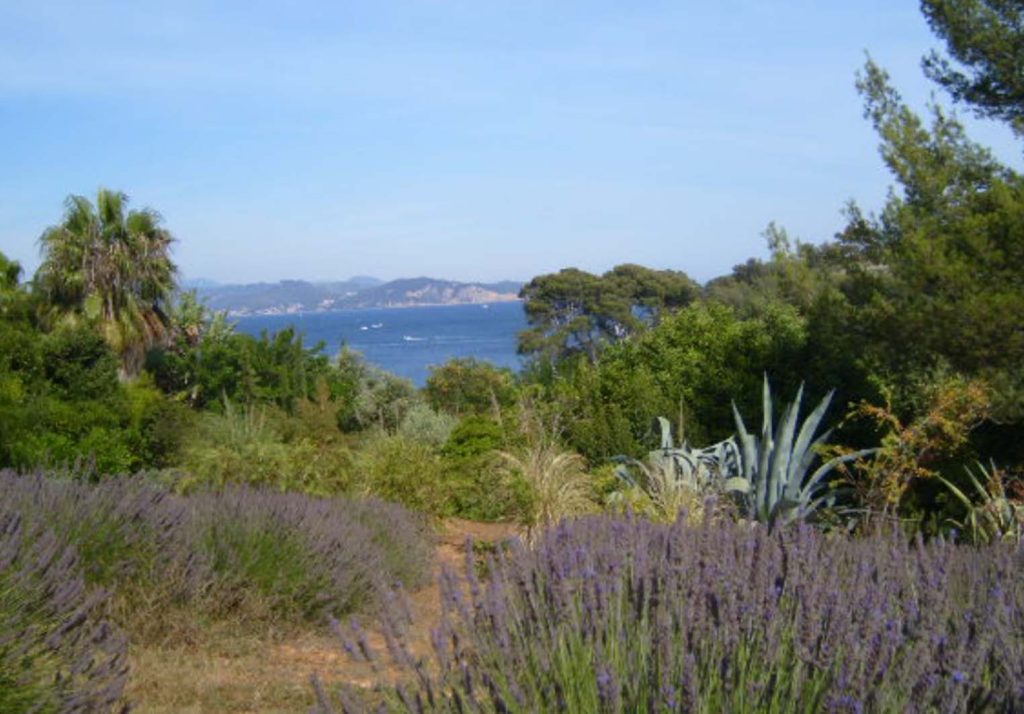
Nimes to Clermont Ferrand
The 5.5-hour train journey from Nimes to Clermont-Ferrand takes you through the scenic Cevennes Mountains in southern France. Along the way, you’ll pass through 106 tunnels and cross 1,300 bridges, including the impressive 41-arch Chamborigaud Viaduct. It’s a spectacular journey with grand viaducts and bridges that will have passengers reaching for their cameras. The railway was completed in 1870, marking a remarkable architectural achievement of its time. The Cevennes Mountains Railway is also renowned for the popular hiking trails that extend alongside the tracks.
Villefranche to Latour de Carol
The train journey from Villefranche-de-Conflent to La Tour de Carol is a remarkable experience as it takes you through the breathtaking Pyrenees Mountains, featuring the highest railway track in France. This picturesque route is covered by the charming Le Petit Train Jaune, a small yellow train that winds its way through the high-altitude landscape. In the summertime, passengers can enjoy open-air carriages, which offer stunning panoramic views of canyons, valleys, and impressive viaducts that span the terrain.
The journey may cover a relatively short distance of only 63 kilometers, but it takes a leisurely three hours to complete. This duration provides ample time to fully immerse yourself in the stunning natural beauty of the region. As you travel, you’ll have the opportunity to witness two UNESCO World Heritage Sites:
Villefranche-de-Conflent: This historic town is a delightful stop along the route. Its well-preserved medieval architecture and charming cobblestone streets make it a picturesque place to explore. You can stroll through the town, visit its ancient fortifications, and discover the local shops and cafes.
Mont-Louis: Another UNESCO World Heritage Site, Mont-Louis is known for having the highest fortress in France. This mountain town is perched at an elevation of 1,600 meters and offers an opportunity to explore the impressive fortifications and learn about the region’s military history.
The journey from Villefranche-de-Conflent to La Tour de Carol is not just a train ride; it’s a chance to immerse yourself in the stunning landscapes of the Pyrenees Mountains and to explore two historically significant and visually captivating towns. Whether you’re a nature enthusiast, a history buff, or simply seeking a unique travel experience, this train journey is a must-do in the region.
Le Petit Train des Combes
Le Petit Train des Combes, also known as the “Two Valleys Train,” operates on a narrow-gauge railway with a 60-centimeter track, still utilizing both steam and diesel locomotives. This charming railway is located in the Bourgogne (Burgundy) region of France, running between Les Combes and Le Creusot.
During the 1.5-hour train journey, passengers have the opportunity to savor the beauty of the towns and the natural parks through which the train passes. The railway is known for its scenic views and offers a unique way to explore this picturesque region.
As the train chugs along the tracks, passengers can admire the charming towns and the lush landscapes of the natural parks. The use of both steam and diesel locomotives adds to the nostalgic and authentic atmosphere of the journey. Whether you’re a railway enthusiast, a nature lover, or simply seeking a leisurely and scenic experience, Le Petit Train des Combes provides a delightful way to appreciate the beauty of the Bourgogne region.
Nice to Digne-Les-Bains
The train journey from Nice to Digne-les-Bains is not only a fantastic opportunity for tourism but also an experience that’s well worth taking due to the train’s passage through some of the most marvelous landscapes in France. Here’s a detailed description of this remarkable journey:
- Departure from the Azure Coast in Nice: The journey begins in the coastal city of Nice, known for its stunning azure-blue Mediterranean waters. As the train departs, you’ll be treated to picturesque views of palm trees and the coastal beauty of Nice and its surrounding areas.
- Traverse the Vesubie Valley: The train continues its 3.5-hour journey as it winds its way through the Vesubie Valley, gradually ascending to an elevation of over 1,000 meters. This gradual climb allows passengers to witness a dramatic change in the landscape.
- Lavender Fields and Vineyards: During the journey, you’ll pass through breathtaking lavender fields, which are famous for their fragrant and colorful blooms. You’ll also catch glimpses of vineyards that grace the hillsides, further adding to the picturesque beauty of the region.
- Steep Mountain Valleys: The train navigates through steep mountain valleys, and the route provides travelers with a thrilling ride through narrow passages and tunnels. The changing topography offers a captivating contrast to the coastal scenes of Nice.
- Arrival in Digne-les-Bains: The journey concludes as you arrive in Digne-les-Bains, a charming town nestled in the mountains. Digne-les-Bains is known for its natural thermal springs and a serene, alpine atmosphere.
- Historic Train Stations: Along the route, you’ll notice that many of the train stations are original stations from the early 20th century when this railway line was first opened. These stations evoke a sense of history and nostalgia, adding to the charm of the journey.
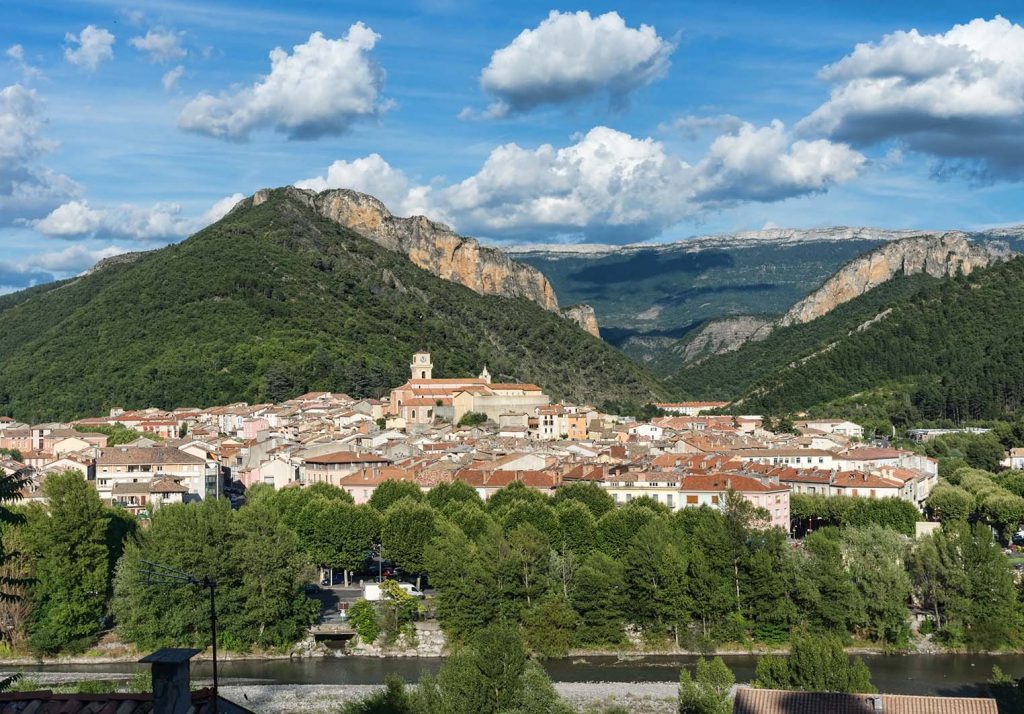
This train ride from Nice to Digne-les-Bains is not just a means of transportation but a visual and sensory delight. It offers travelers a unique opportunity to witness the diverse beauty of southern France, from the coastal charm of Nice to the mountainous splendor of the Vésubie Valley. Whether you’re a nature enthusiast, a history buff, or someone simply looking for an unforgettable travel experience, this train journey promises an enriching adventure through the stunning landscapes of the French Riviera and beyond.
Traveling by train in France offers a convenient and scenic way to explore the country. Here are some detailed tips for a smooth train journey:
- Book Your Tickets in Advance:
It’s highly recommended to book your train tickets in advance. Whether you purchase them directly from the French railway operator SNCF (Société Nationale des Chemins de Fer) or through user-friendly third-party platforms like The Trainline (for discounted tickets) or Omio (which compares the cheapest and fastest routes from one destination to another), booking ahead can save you a significant amount of money. Be mindful, however, that if you miss your pre-booked train, the fare is non-refundable, and you’ll need to purchase a new ticket on the spot. Plan ample time for your journey to the train station, especially if you’re not fluent in the local language, as signs can be confusing. - Paris Has Multiple Train Stations:
If you’re traveling from Paris, be aware that the city has six different train stations. Ensure you know which station your train departs from and how to get there. The six train stations in Paris are:
- Gare du Nord (for trains to northern France, Thalys high-speed trains to Amsterdam and Brussels, and Eurostar trains to London)
- Gare de Lyon (for trains to southern France, including Nice, Marseille, Lyon, and Montpellier, as well as trains to Switzerland, Italy, and eastern Spain)
- Gare de l’Est (for eastbound trains to cities like Strasbourg and Nancy, and international trains to Germany and Luxembourg)
- Gare Montparnasse (for westbound trains to cities like Rennes, Nantes, and Brittany)
- Gare d’Austerlitz (for trains to Bordeaux, Toulouse, and western Spain)
- Gare Saint-Lazare (for trains to northwestern France, including Rouen, Le Havre, and Caen)
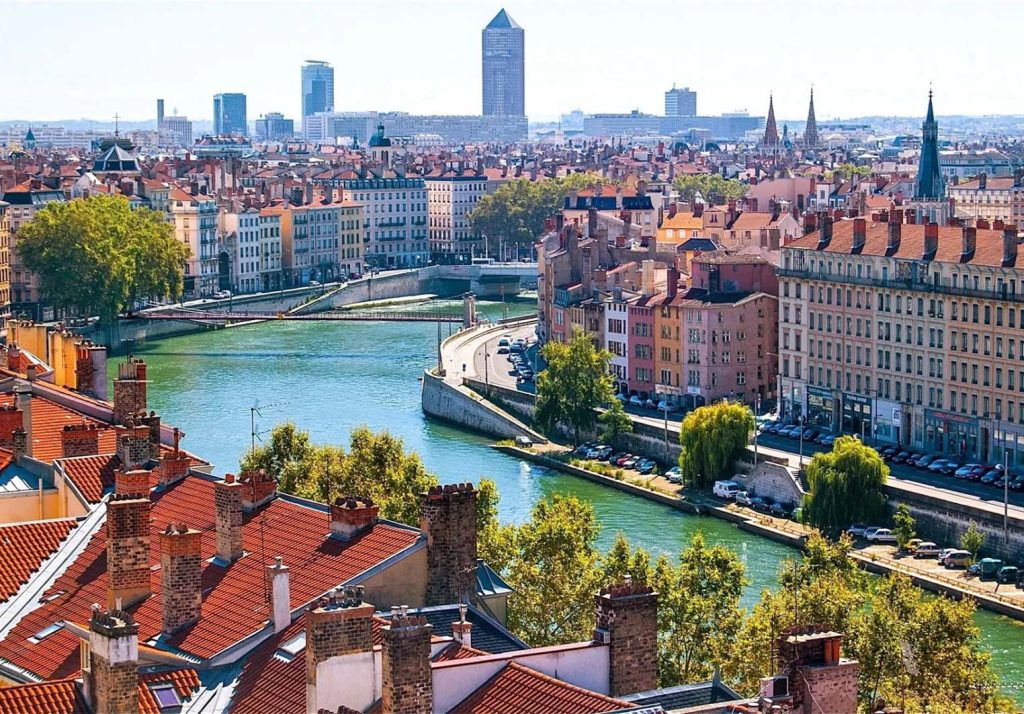
Consider Train vs. Plane to Nearby Countries:
When planning travel to neighboring countries, such as Germany or the Netherlands, compare train ticket prices with cheap flights. While budget airfares to Berlin or Amsterdam may seem enticing at 20 euros, consider the additional costs of getting to and from the airports, as well as the time spent at the airport. Trains in Europe usually depart and arrive conveniently in city centers, making them a competitive choice in terms of both time and convenience.
Train travel in France offers a wonderful opportunity to explore the country’s diverse landscapes and cities. By following these tips, you can ensure a smooth and enjoyable train journey while making the most of your travel experience.

